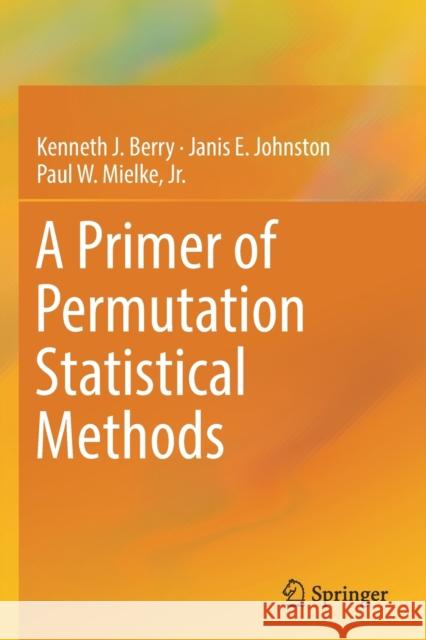A Primer of Permutation Statistical Methods » książka
topmenu
A Primer of Permutation Statistical Methods
ISBN-13: 9783030209353 / Angielski / Miękka / 2020 / 476 str.
A Primer of Permutation Statistical Methods
ISBN-13: 9783030209353 / Angielski / Miękka / 2020 / 476 str.
cena 322,01
(netto: 306,68 VAT: 5%)
Najniższa cena z 30 dni: 308,41
(netto: 306,68 VAT: 5%)
Najniższa cena z 30 dni: 308,41
Termin realizacji zamówienia:
ok. 22 dni roboczych
Dostawa w 2026 r.
ok. 22 dni roboczych
Dostawa w 2026 r.
Darmowa dostawa!
Kategorie:
Kategorie BISAC:
Wydawca:
Springer
Język:
Angielski
ISBN-13:
9783030209353
Rok wydania:
2020
Wydanie:
2019
Ilość stron:
476
Waga:
0.69 kg
Wymiary:
23.39 x 15.6 x 2.57
Oprawa:
Miękka
Wolumenów:
01
Dodatkowe informacje:
Wydanie ilustrowane











